MDF vs Wood Kitchen Cabinet Doors (Pros and Cons)

If you are in the process of remodeling your cabinets, one of the primary concerns that you have to deal with is choosing the best material available in the market. Traditional or contemporary, to paint or to use laminates, brushed or polished hardware — all these are equally important for aesthetics. However, the material that you use for construction is a critical choice since it will determine the lifespan of your cabinets as well as their performance and maintenance. For homeowners who are building, renovating, or simply giving their cabinets a fresh makeover, knowing the difference between the popular materials available in the market is essential. Below, we give you an overview of two of the most used materials for cabinet doors: solid wood vs MDF and their pros and cons.
MDF vs Wood Cabinets
There are two types of wood available for use in construction: one is (1) solid, which pertains to natural materials, while the other is (2) engineered or manmade wood. Engineered wood, also known as composite or manufactured, is derived from natural wood. It includes a range of products manufactured by binding fibers, strands, veneers, and natural wood particles with adhesives and resins.
When constructing kitchen cabinet doors, both types are often used together — solid wood and MDF, a popular type of high grade engineered wood. Read on to learn more about our guide on solid wood and MDF, along with their advantages and disadvantages, to help you choose the best suitable cabinet door material for your home.
Solid Wood
Solid wood is the primary construction material used in furniture, interior, and exterior applications. By definition, it is a piece of natural lumber derived from different species of trees. Solid wood may be soft or hard, which can be used for structural and decorative purposes. Softwood is not necessarily softer than the hard variety, in the same way, that the former is less dense.
Hardwood is derived from deciduous trees or trees that shed their leaves annually, while soft varieties come from conifers or those that remain evergreen all year round. Solid wood does not have hollow spaces, so it is called solid. It is made up of plant material only. Engineered wood products, on the other hand, are a form of “wood-based product”. It is a composite material manufactured by binding together fibers, strands, and veneers of real lumber with adhesives and resins.
Natural Wood Kitchen Cabinets Pros
Here is a breakdown of the advantages of using solid wood cabinet doors :
Natural beauty – The most prized quality of solid wood kitchen cabinets is its distinct beauty. No other material can match the beautiful natural look of solid lumber. Most people are drawn to its natural graining pattern, which can be highlighted further when stained.
In addition, the unparalleled aesthetics of solid lumber can instantly make a home feel more inviting, warm, and cozy. There is just something about its character that can make a space feel “homey,” most homeowners find this lacking in other synthetic materials like stainless steel or laminated products, which usually give out a more “clinical” feeling.
Of course, each species of wood has different aesthetic qualities – white oak looks better than red oak, and cherry cabinets have a warmer color when compared to maple, which is lighter. But overall, natural lumber products are the best choice for homeowners who value aesthetics and style above all else.
Extreme durability and reliable strength – Solid wood is one of the strongest and sturdiest construction materials in the market. For years, its impressive durability has been proven and tested effective not only for interior use but also for exterior and structural use. It is naturally tough and can withstand years of use.
Each species of wood has different levels of strength. This is extra useful because you can choose the right type that will fit the application you intend it for. Oak, for example, is much stronger than cedar. Therefore, it will last longer and is more resilient to daily wear and tear, making it an excellent material for cabinets.
Long lifespan – Solid wood is an outstanding choice if you want a long-lasting material for decades. Solid wood kitchen cabinets have an average lifespan of 50 years, provided they are constructed well. Since each species has varying levels of strength, the longevity of its lifespan is also different from each other.
Flexibility, versatility, and customization – Lumber products can be easily customized in numerous ways. It can be modified into different shapes, treated with different finishes, and colored using different materials like paint, stains, varnish, lacquer, etc.
Solid wood is also very versatile when it comes to design. Because of customization, solid wood kitchen cabinets can be designed to suit any interior design style, whether traditional, country, transitional, contemporary, or modern.
Wide variety – There are thousands of species of wood, each with its distinct look, strength, and durability. You can choose many types that fit your taste, design, and budget. Whether you want light or dark wood cabinets, because of the variety and versatility, you can produce a natural cabinet design that is uniquely your own.
High value – Items made from trees generally have more value compared to those that are made up of engineered products. Solid wood kitchen cabinets can also increase the value of your home not only because of the added visual interest but also because of its long lifespan and durability.
Cost-effective – Although MDF is cheaper than solid wood, the latter proves to be a reasonable investment because of the numerous benefits it offers.
Real Wood Kitchen Cabinets Cons
Here is a breakdown of the disadvantages of using solid wood cabinet doors :
Sensitive to moisture – Wood, in its original state, is not waterproof, and not all species can withstand excessive exposure to moisture and changing humidity and temperature.
Moisture can cause the lumber to soften and make it susceptible to fungus and wet rot. These problems can become expensive to treat.
While some species, like the Red Oak, can withstand constant exposure to moisture, most can get damaged from it. However, this weakness can be rectified by treating the wood with a waterproof finish. Consequently, special treatments translate to additional costs for constructing and producing wooden kitchen cabinets.
Prone to warping, expanding, and cracking – Changes in humidity, varying temperature, and aging can cause the wood to expand or contract. Warping, twisting, swelling, shrinking, and cracking are potential damages that arise from constant exposure to changing elements.
Unless your home has a controlled climate, wooden cabinets may warp or crack over time. When a kitchen cabinet door contracts or expands, functionality is reduced as it may not fully close. These damages are also noticeable and can be an eyesore.
Prone to the growth of molds, mildew, and bacteria – Constant exposure to changing elements and temperature can increase the likelihood of mold and mildew. Lumber products more prone to this than MDF varieties. Leaking faucets and sinks can create an environment where mold and mildew are more prevalent and should be monitored to avoid problems.
Prone to pests – One of the greatest drawbacks of solid wood kitchen cabinets is that many insects and pests are attracted to them. Carpenter bees, ants, powderpost beetles, tree-devouring fungi, and termites are common lumber-destroying pests.
These are pests that you have to deal with, and more often, are hard to treat, expensive to eradicate, and can do great damage. They are often not visible to the naked eye and cost much money to repair. Unlike engineered products, solid wood needs regular maintenance and has to be treated to keep it protected from bug infestation.
Termite infestation is one of the most dreaded threats to lumber, and dealing with this problem can be a huge stress to homeowners. As we all know, once a part of a home gets pestered with termites, you must get the whole house treated, or else the damage can spread and be unsalvageable.
Combustible – Wood is a combustible material and can burn. Even though it can be treated, it will still burn, making it less than ideal to use in applications where fire safety is a priority.
MDF Cabinets
What is MDF? If you are looking for a cheap yet strong alternative to solid wood, it’s one of the most common materials in the cabinet market. MDF stands for Medium Density Fiberboard, a type of engineered product comprising thin panels made from wood fibers, resin, and wax.
The fibers can either be derived from softwood or hardwood, ground up into tiny little pieces, mixed with resin and wax, and then heated up and pressed together to create a composite fiberboard.
How does it differ from other boards? Ever wondered why MDF is classified as a medium? And what is this gauge relative to? To give a quick overview, fiberboard is classified into different densities, namely low-density fiberboard, medium-density fiberboard and high-density fiberboard.
Low-density fiberboard or LDF, also known as particle board, is made from finer pieces of wooden fibers and sawdust and has a density of 160 to 450 kilograms per cubic meter.
Although generally inexpensive, in terms of durability, LDF is weaker than MDF and HDF. High-density fiberboard, or HDF, is the hardest of the three and has a density of 800 to 1040 kilograms per cubic meter. That is why it is also referred to as “hardboard”.
High-density fiberboard requires more heat and pressure to make it more durable. Compared to its softer counterparts, HDF is very strong but is also the most expensive one.
Now, MDF or medium-density fiberboard, as its name suggests, is somewhat in between the two and has a density of 600 to 800 kilograms per cubic meter. It has just the right amount of hardness and thickness to make it suitable for cabinet use, and it’s a reasonable price.
Compared to other types of engineered products, MDF is often considered a level above plywood in terms of density, strength, and durability. Because of these, it can be used in the same applications as solid wood.
MDF Cabinet Doors Pros
Here is a breakdown of the advantages of using MDF cabinet doors :
Resistant to pests – Some chemicals used in the production of fiberboard are poisonous to pests like termites and not prone to cracking, warping, and bending – Unlike solid wood, engineered wood does not warp, expand, or contract when exposed to extreme changes in humidity and temperature.
Because of its structure, mainly composed of thin panels pressed together, the whole board moves as a unit. MDF cabinet doors do not get easily damaged.
Some MDF products have better water resistance than solid lumber – Not all fiberboard materials are water resistant, but they can be treated to make them invulnerable to high moisture. If you want your fiberboard cabinet doors to last longer in wet areas, you can have them treated.
Smoother finish – As mentioned, solid wood is best loved for its natural graining pattern and distinct beauty. But sometimes, the absence of this trait can also be an advantage, especially if you are aiming for a very sleek, flawless look for your kitchen.
Since MDF is made from very fine particles, there are no noticeable grains, which makes it easier to paint and finish. When painted, the result is a better and a more smooth finish.
The structure is consistent throughout – Composite cabinet doors are perfect for contemporary and modern kitchen settings because they can be used in making seamless and clean designs.
Flexibility, Versatility, and Customization – Ease of customization is one of the best qualities of MDF. Because of its composition, it can be cut easily, drilled effortlessly, and modified into different shapes and sizes without the tendency to get damaged.
It can be made into a variety of styles, whether it may be shaker-style cabinet doors, paneled doors, raised doors, inset doors, or European-style cabinet doors.
Since it also has a consistent structure, there are no splinters and voids when the edges of the fiberboard are cut. The smooth edges also make it possible to be cut with a router, scroll saw, jigsaw, and band saw.
Available in larger sizes compared to lumber – For projects that require large pieces of board, it makes a good choice since it can be produced in broad sizes without the use of any joints. This also makes it suitable for applications requiring flawless and seamless design.
MDF cabinet doors are cheaper – Composite materials cost less than solid wood and are a very economical choice for cabinet doors. Although less expensive, these cabinet doors have reliable strength and can last long if maintained properly.
MDF Cabinet Doors Cons
Here is a breakdown of the disadvantages of using MDF cabinet doors:
Hard to repair – Fiberboard requires higher maintenance compared to wood. It can get easily scratched, and once it gets damaged, chipped, and cracked, it can be quite hard to repair. Unlike solid wood, which can be sanded down easily, there is no way to rectify and hide any damage on its surface.
Cannot be exposed to extreme heat – The material does not do very well when exposed to extreme heat. When it becomes too hot, the core materials can get damaged, and the whole board may crack.
Will soak up water – It was mentioned earlier that some MDF can be treated to become resistant to moisture; however, in its natural state, the surfaces will soak up water and other liquids if directly exposed to it. Just like particle board, it tends to swell. To avoid water damage, it has to be sealed well on all edges and sides.
Difficult to screw – The product can be easily drilled, but it cannot hold screws very well because it consists of very fine particles. Also, the glue present in composite materials makes it hard for fasteners to sink into its body.
Can become too heavy – Handling fiberboard may sometimes require an extra hand. This is due to its density. The product can be heavy and, in some cases, comes in large sizes, which can make it more difficult to work with.
Limited finishes – Unlike solid wood, MDF can’t be stained. It does not absorb the finish, and since it has no wood grains, it does not look good when stained. However, this issue can be rectified using veneers that resemble the natural beauty of lumber.
Contains VOCs, which are harmful when inhaled – Out of all the types of engineered wood, fiberboard has the highest concentration of urea formaldehyde, a form of Volatile Organic Compound used in its adhesive.
To avoid inhalation of the particles, you have to wear the right protective gear when cutting and sanding the boards. Because of the chemicals used in making these products, it is considered a less child-friendly material, too.
Where MDF is Used
Since MDF is a wood-based product, it can be utilized as a substitute for lumber in many applications. Typically, MDF is used for manufacturing furniture, finishing materials like flooring, and for decorative purposes in interior design. However, its most popular use is in the production of kitchen cabinets.
Most kitchen cabinets make use of both solid wood and fiberboard elements. MDF is commonly utilized for the doors and interior paneling. You can buy it custom-made by a trusted manufacturer and supplier, and they will modify it according to your required measurements and desired kitchen design.
Aside from being used in kitchens, MDF is also used for cabinets in other home areas, specifically where moisture is a concern. Cabinets for bathrooms typically use MDF because it will not get damaged as humidity and temperature change. But as mentioned earlier, you have to make sure that it is specially made to be moisture resistant, or else it will get damaged when they are directly exposed to water.
MDF is also used in ready-made furniture. In addition, you can also find knock-down furniture that requires assembly that is made from fiberboard. From tables to storage units, closets, chairs, and bed frames. Of course, this type of furniture is much cheaper than its solid wood counterparts. Aside from these, you can also find decorative furnishings such as frames and mirrors with MDF elements.
MDF is also a preferred material in constructing shelving, whether an open ledge, a wall shelf, a bookshelf, or a part of a cabinet, because it has a smooth surface. However, there is a limit to what you can put on MDF shelves compared to solid wood shelves.
Fiberboard shelves usually carry and tolerate less weight because they tend to sag over time. To rectify this issue, solid wood is sometimes used as a reinforcement to improve the structural integrity of the shelf.
MDF is also widely used in both interior and exterior doors. Fiberboard doors provide more customization options than solid wood doors, as they can be manufactured in any style and design. You can find stylish, ready-made MDF doors in standard sizes and colors. In addition to their aesthetic value, these doors are sturdy and durable.
Aside from furniture and construction, fiberboard can be used for aesthetic purposes. Decorative details in the house, like trims, moldings, baseboards, and cornices, are also substituted with MDF. Wainscotting is another perfect example of a decorative application for MDF. Like other products, decorative fiberboard trims may be customized into many styles and sizes.
MDF vs. Natural Lumber
MDF vs. solid wood? Which one is the best option? Popular opinion states that solid wood is the obvious winner among the two. Solid wood has always been seen as a superior material to MDF because it is strong and sturdy despite having vulnerabilities. However, this is not always the case.
Although cheaper, MDF should not be automatically classified as a weaker substitute. The common perception is that MDF performs poorly. Both natural and engineered wood are good choices. As mentioned earlier, each material has its advantages and disadvantages, which makes it a suitable material for interior design.
The answer will depend on the application and purpose you intend for it. Each situation will require a different material, and you can give both materials a chance.
What about cabinet doors? Which one is the ultimate winner? For constructing cabinet doors, we highly recommend using MDF. Aside from being an economical choice, there are more benefits to using MDF cabinet doors.
MDF eliminates the common problems we have to deal with when using wood — warping, rot, pests, termites, and molds. Both materials are highly customizable and versatile and have much to offer in terms of design.
In terms of beauty, it is safe to say that solid wood is superior. However, fiberboard has its distinct aesthetic. If you want to capture the same look that natural wood has, you can always finish your MDf cabinet doors with veneers that have wood grains.
If MDF does not suit your taste, you can always combine both materials, using solid wood for the cabinet frames and MDF for the doors. To help visualize your cabinets before purchase and installation, there is a variety of kitchen cabinet design software that can help.


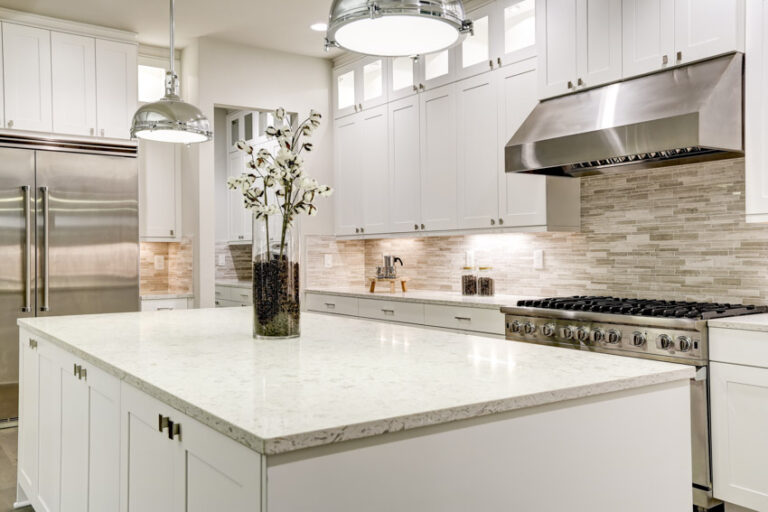
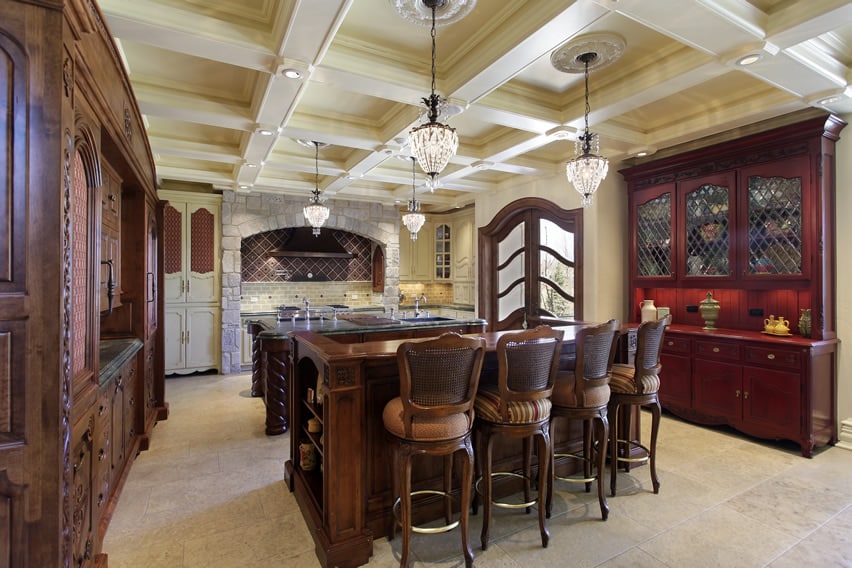
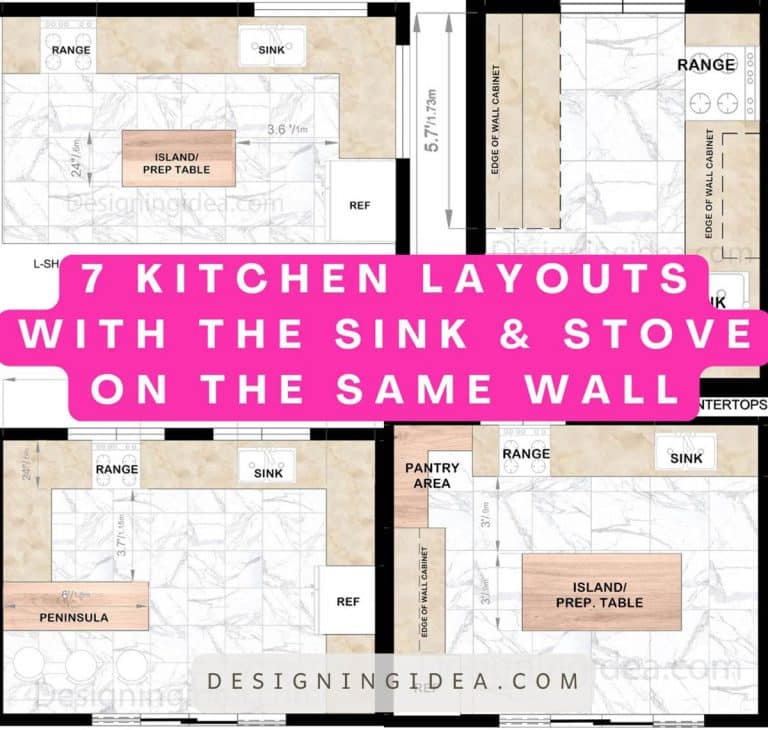
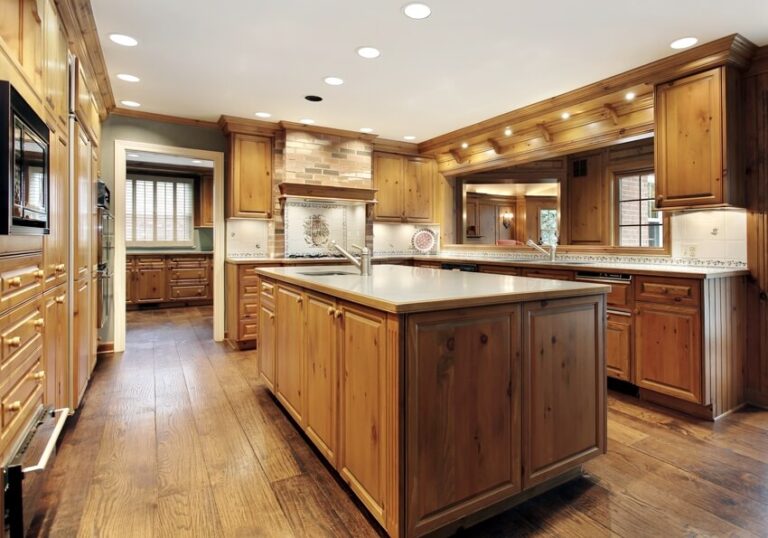
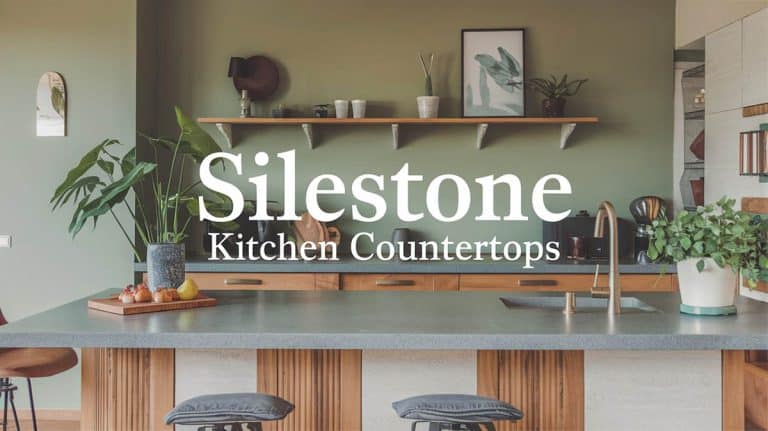
I like that you mentioned that wooden kitchen cabinets have a lot of customization options and also tend to have a high value. I will be having a kitchen remodeling soon in order to prepare my kitchen for my attempt at learning how to back my own bread. Maybe I should consider looking custom home kitchen cabinet manufacturers in case I would need more storage space for baking equipment.
It’s good to know that cabinets made of MDF are resistant to termites, which will make them a great material for the DIY woodworking project my dad is planning. My dad hopes to build their homes’ kitchen cabinets on his own after their last ones were damaged by termites. It looks like MDF will be a more permanent solution to their problems. I’ll have to tell them about this material so that he can contact a distributor in their area who can give him the boards he’ll need for his project.